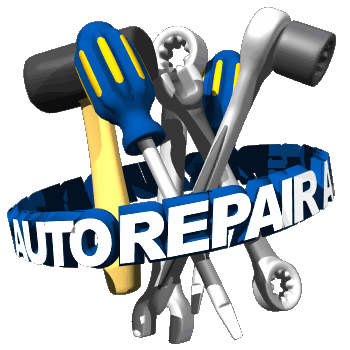Back to our Computer Diagnostics, Codes & Electrical Sensor repairs page. Computer PCM and ECU differences. 1ST: Engine Control Unit (ECU)
The ECU is also commonly known as the engine control module/unit. This computer device controls various characteristics of the engine, such as variable valve timing, ignition timing, turbocharger boost, fuel injection, emission controls and other aspects of engine functions. Engine knock -- the condition in which the combustion mixture is ignited prematurely -- is controlled by the ECU retarding the ignition timing. The earliest ECUs for American cars was General Motors' Computer Command Control, which was introduced in 1979. It was installed on engines with carburetors or throttle body fuel injection systems.
Computer Command Control
General Motors' Computer Command Control helped its cars control emissions and improve engine performance. This unit made it possible to increase the compression ratio from 8.0-to-1 to 8.45-to-1 for its 3.0 liter V-6 engine. The ECU included a precise spark control and electronic idle speed control. The ECU helped the 3.0 liter develop as much horsepower as the larger 3.8 liter at higher rpm levels. The 3.0 also had a higher horsepower-per-pound ratio.
In the Electronic Fuel Injection system, the ECU reads signals about manifold vacuum, engine speed and temperature. The information is digested by the ECU, which then delivers the proper amount of fuel to the engine. The precisely adjusted amount of fuel helped to control engine run-on.
Powertrain Control Module
2ND: A PCM (powertrain control module) controls the engine functions, like the ECU, but it is a combined control unit which also controls the powertrain. Therefore it does the work of two modules; the ECU and the transmission control unit. In Chrysler Caravan models, the PCM is connected to the vehicle's communication serial bus network. The PCM sends signals to the body control module so the gauges, warning lights and audible signals can notify the driver about the vehicle's condition. The PCM can be a combination of three or more different computers.
Modern PCM Attributes
Unlike the the older ECUs, modern PCMs are designed to work with the latest automatic transmissions and multi-port fuel injection systems. New PCMs help the engine and transmission management systems reduce emissions and increase fuel economy. They also help to smooth vehicle acceleration, improve cold weather starts and extend engine life. The Delphi MT86 is one such unit. The MT86 digitally controls knock through digital signal processing technology.
This article explains how an automotive computer PCM (powertrain control module) works.
A car computer or powertrain control module (PCM) is a designated computer that was developed to manage the engine and driveline components. This PCM consists of electronics which are designed onto a multi-layer circuit board. The PCM monitors and adjusts the air/fuel mixture and utilizes a catalytic converter to minimize the amount of pollution produced from the engine. There are two modes of computer operation, open loop which is used when the engine is cold and operates on a preset program, and closed loop, which means the computer is operating while using the various sensors. Closed loop occurs when the engine is at operating temperature.

PCM Powertrain Control Module
The PCM monitors the input and output signals produced by various sensors in the system, the PCM then adjusts the system as necessary. Sensors include: oxygen, coolant temperature, mass air flow, air intake temperature, crankshaft angle, throttle position, camshaft angle and engine knock. While computing feedback information the PCM adjusts and controls ignition timing, camshaft position, fuel injector input, fuel pump, cooling fan, emission system controls, forced air induction controls, traction controls and transmission gear selections.
The computer operating program consists of a series of predetermined information cells (CODES), these cells hold the equation for proper vehicle operation. If the computer detects that it can't control a particular system it will illuminate the MIL (malfunction inductor lamp), aka check engine or service engine soon light. This means the computer has stored a trouble code.
After the MIL has illuminated the vehicle enters into "limp mode" this means its running on a predetermined program that has been selected from the factory. This mode is not as efficient as the regular operation of the system operating properly.
Codes are pulled by connecting to a ALDL connector which is usually located under the dash on the drivers side. Most 1996 and older vehicles utilize a "D" style plug-in connector that connects to the OBD1 code reader or retrieval method.
Back to our Computer Diagnostics, Codes & Electrical Sensor repairs page. |






